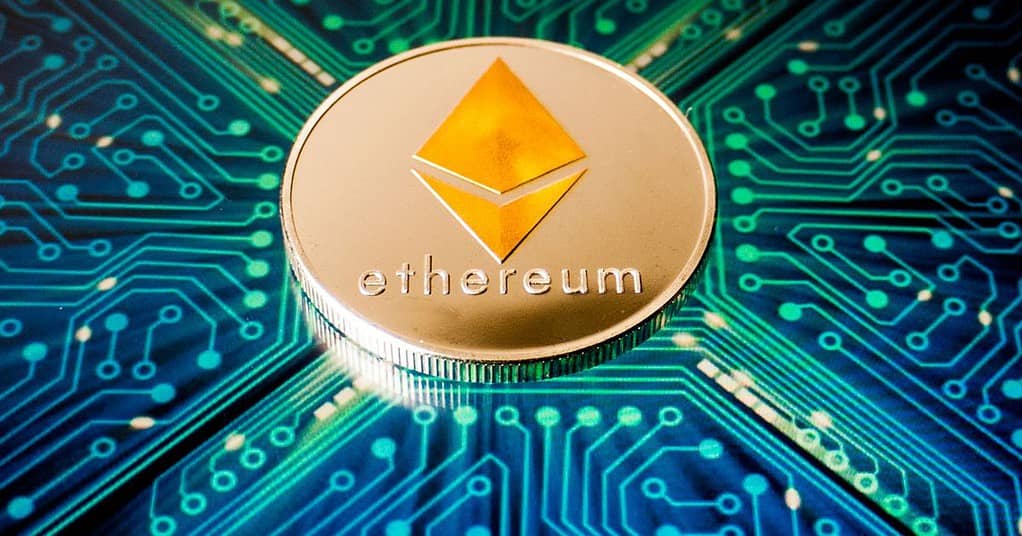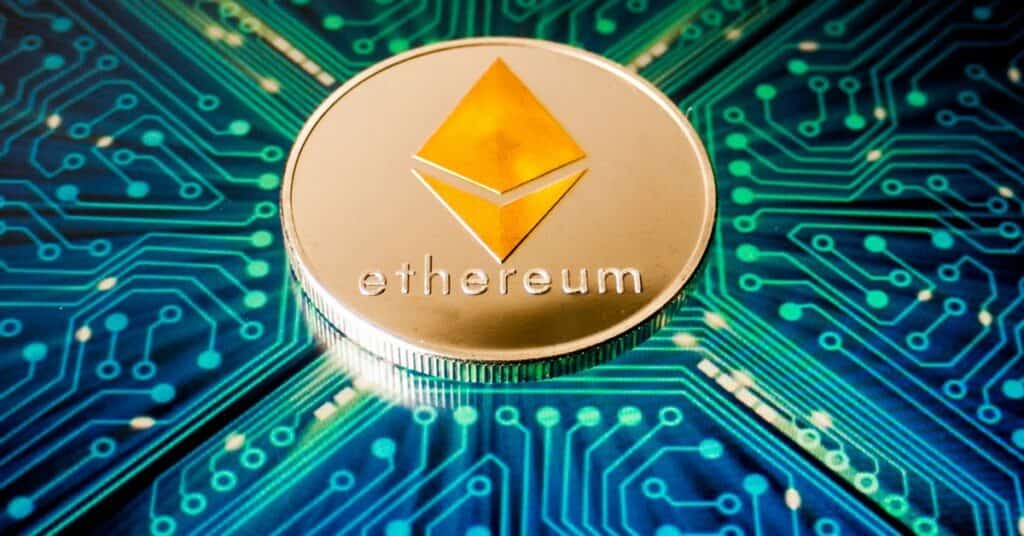
The non-fungible token (NFT) market has been growing rapidly in recent years, with Ethereum as the leading platform, holding over 78% of the market share. Ethereum’s smart contract functionality has allowed for the creation and execution of complex decentralized applications, making it a popular choice for NFT developers and users. The platform’s flexibility in supporting a wide range of programming languages and protocols has led to a diverse range of NFT projects, from digital art collections to complex gaming experiences.
Ethereum’s open-source nature has also attracted developers interested in building decentralized applications, including NFTs, resulting in a strong community of developers and users. As a result, Ethereum has cemented its position as the go-to platform for NFT enthusiasts. Ethereum’s success in the NFT market has also driven the growth of its native cryptocurrency, Ether, which is now the second most valuable cryptocurrency by market capitalization.
The ability to create unique, indivisible assets that cannot be replicated or copied is one of the key benefits of using Ethereum for NFTs. This makes NFTs ideal for digital art, collectibles, and other unique items that require authentication and provenance. Ethereum’s smart contract functionality also allows NFTs to be programmable, meaning they can perform various functions, such as unlocking exclusive content or granting access to events.
Despite Ethereum’s dominance in the NFT market, it faces challenges, such as high transaction fees and slow confirmation times. These concerns have been particularly significant for NFT developers and users, as high transaction fees can make it prohibitively expensive to create and trade NFTs. However, the upcoming Ethereum 2.0 upgrade is expected to address these issues by reducing transaction fees and increasing network capacity.
Ethereum’s established ecosystem of wallets, marketplaces, and other infrastructure has made it easy for users to buy, sell, and trade NFTs. Many popular NFT marketplaces, such as OpenSea and Rarible, are built on top of Ethereum, further cementing its position as the dominant platform for NFTs. As the NFT market continues to grow, we can expect to see continued innovation and development in this space. New platforms and protocols are also expected to emerge, providing alternative solutions for NFT creators and collectors.
In conclusion, Ethereum’s success in the NFT market is a result of its technical capabilities and the strength of its community. Ethereum’s position as the leading platform for NFTs means that it will continue to play a significant role in shaping the future of digital assets. It is essential for businesses and organizations to understand the role that Ethereum plays in this ecosystem to leverage its strengths and address its challenges. By doing so, businesses can unlock new opportunities and tap into the growing demand for unique digital assets.










